1. Which is the smallest province/city in the Central region?
- Danang0%
- Ninh Thuan0%
- Quang Tri0%
The Central region has 18 provinces and 2 centrally-run cities. This region is divided into 3 main sub-regions: North Central from Thanh Hoa to Hue. South Central Coast from Da Nang to Binh Thuan. Central Highlands includes 5 provinces: Kon Tum, Gia Lai, Dak Lak, Dak Nong and Lam Dong. Da Nang has the smallest area in the Central region with 1,284.7 km2 according to data from the General Statistics Office in 2023.
2. Which province is the largest in the Central region?
- Thanh Hoa0%
- Nghe An0%
- Gia Lai0%
Nghe An is the province with the largest area in the Central region with 16,486.5 km2 according to data from the General Statistics Office in 2023. This is also the province with the largest area in the country today.
Nghe An is located at latitude 180o33' to 200o01' North latitude, longitude 103o52' to 105o48' East longitude, in the center of the North Central region. The East borders the sea, the South borders Ha Tinh province, the North borders Thanh Hoa province, the West borders the Lao People's Democratic Republic with 468 km of land border, the East coast is 82 km long. Nghe An is located in the East - West economic corridor connecting Myanmar - Thailand - Laos - Vietnam along National Highway 7 to Cua Lo port.
3. Which province is the largest in the Central Highlands?
- Gia Lai0%
- Dak Lak0%
- Lam Dong0%
The Central Highlands is 54,548.3 square kilometers wide according to the General Statistics Office in 2023. Of which, Gia Lai is the province with the largest area with 15,510.1 square kilometers. The Central Highlands includes 5 provinces: Kon Tum, Gia Lai, Dak Lak, Dak Nong, Lam Dong.
4. Which province is the largest in the South Central Coast?
- Binh Thuan0%
- Pacify0%
- Quang Nam0%
The South Central Coast consists of 7 provinces and 1 centrally-run city from Da Nang to Binh Thuan. Quang Nam is the province with the largest area in this region with 10,574.9 km2 according to data from the General Statistics Office in 2023. Da Nang has the smallest area with 1,284.7 km2. Some other provinces also have relatively large areas such as Binh Dinh, Binh Thuan...
5. Which is the smallest province in the Central Highlands?
- Kon Tum0%
- Lam Dong0%
- Dak Nong0%
The Central Highlands is 54,548.3 square kilometers wide according to data from the General Statistics Office in 2023. Of which, Dak Nong is the smallest province in this region with 6,509.3 square kilometers.
Dak Nong is located at the southwestern gateway of the Central Highlands, the last section of the Truong Son range. It is located in the coordinates from 11°45 to 12°50 north latitude and from 107°12 to 108°07 east longitude. The center of Dak Nong province is Gia Nghia city, located 125 km from Buon Ma Thuot city along National Highway 14; about 250 km south of Ho Chi Minh City; about 689 km north of Da Nang city, and about 1,358 km north of Hanoi capital.
Dak Nong has geographical location: East and North border Dak Lak province; West border Binh Phuoc province and Mondulkiri province, Kingdom of Cambodia with a border of about 141km; South and southeast border Lam Dong province
6. When was Dak Nong province established?
- 20020%
- 20040%
- 20060%
Dak Nong province was established on January 1, 2004 according to Resolution No. 22/2003/QH11 issued on November 26, 2003 by the National Assembly on the basis of separating part of the area and population of Dak Lak province.
7. How many centrally-governed cities are there in the Central region?
- 10%
- 20%
- 30%
The Central region has two centrally-governed cities, Da Nang and Hue. Hue will become a centrally-governed city from January 1, 2025.
Previously, on November 30, 2024, the National Assembly voted to pass the Resolution on the establishment of Hue City under the Central Government with 95.62% of delegates in favor. The National Assembly resolved to establish Hue City as a centrally-governed city on the basis of the entire natural area of 4,947.11 km2 and population of 1,236,393 people of Thua Thien Hue province.
Hue is also the centrally governed city with the largest area among the six centrally governed cities today.













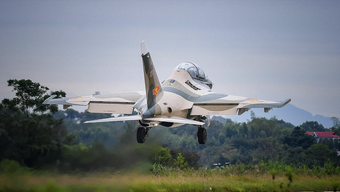





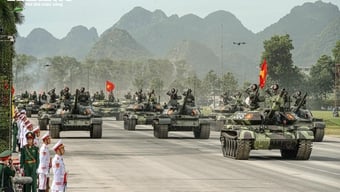





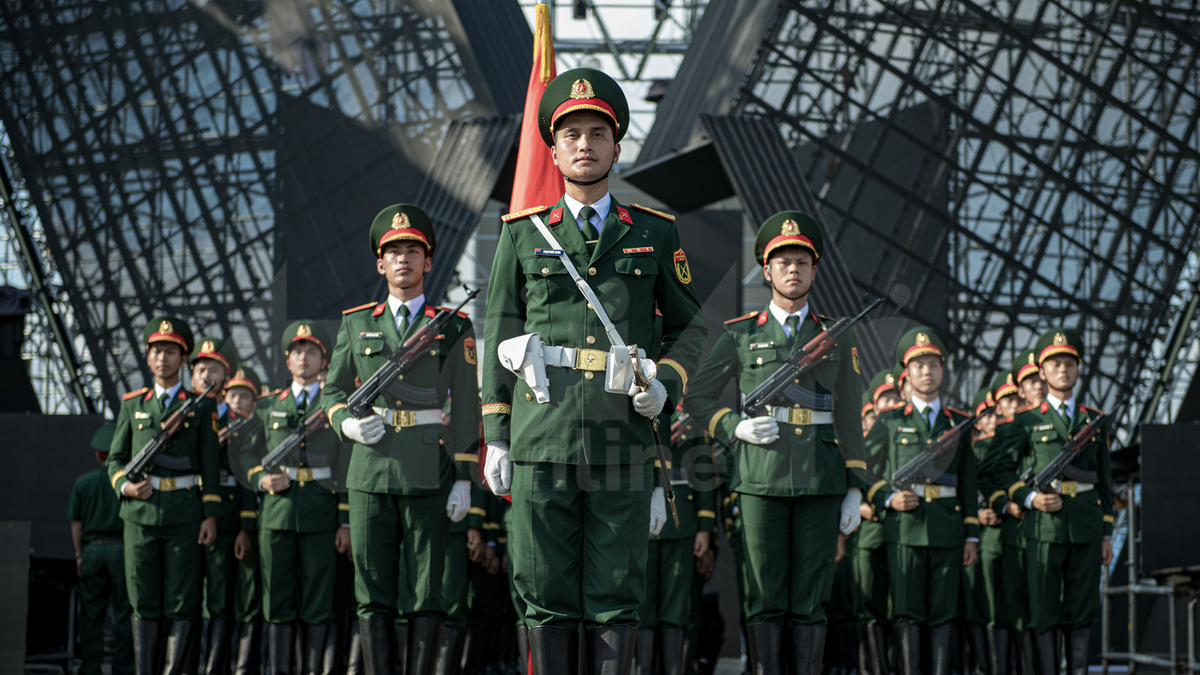


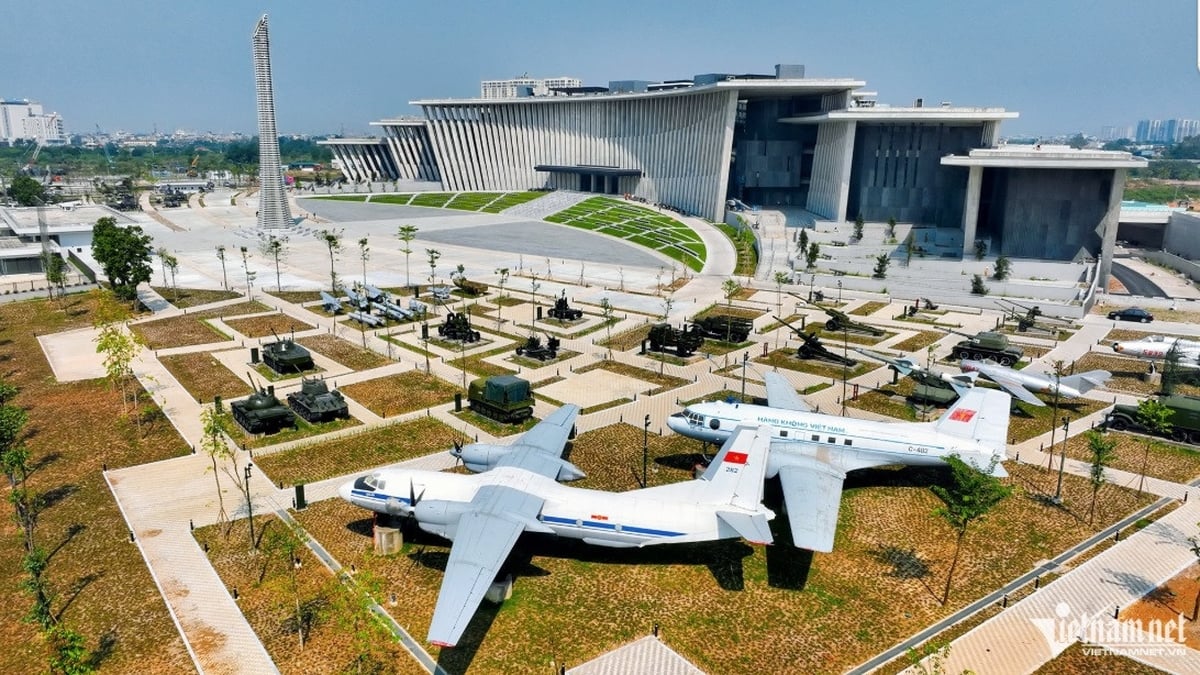

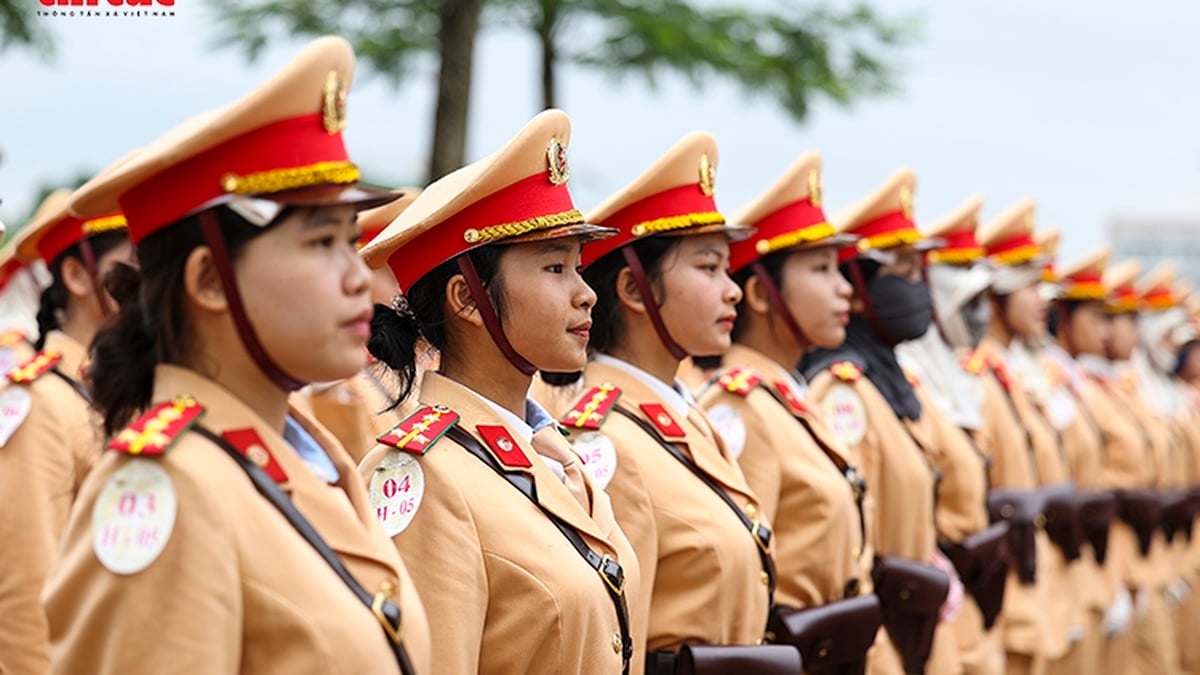

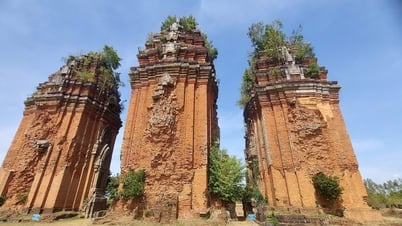



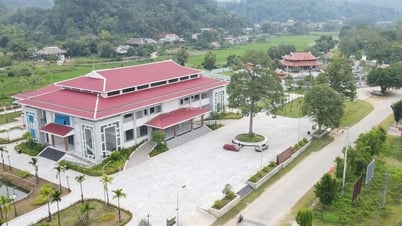

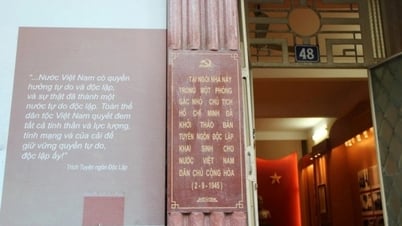

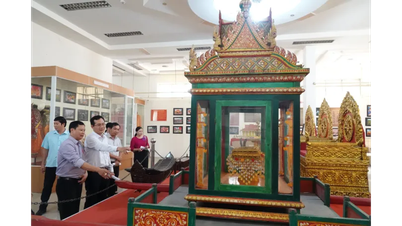



















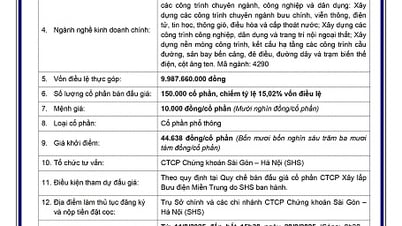
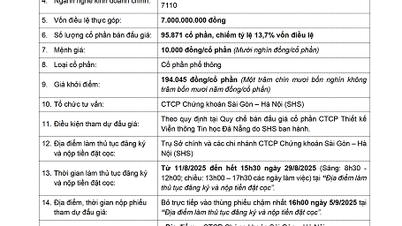



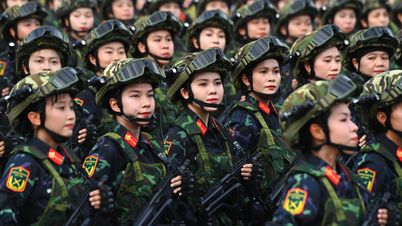








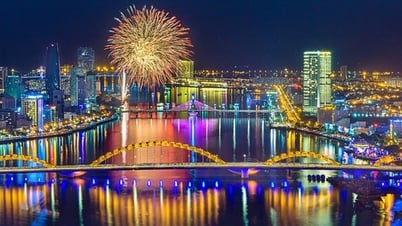













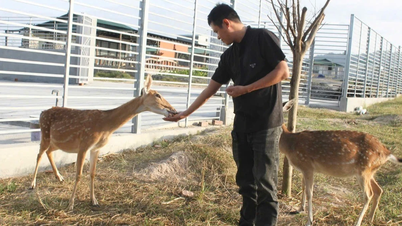




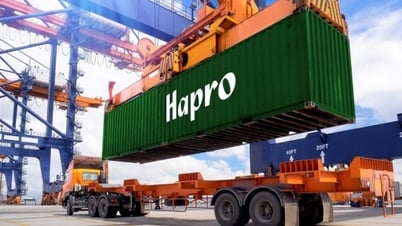





Comment (0)